Editors Note The 5th photo was taken around 20 years ago. It is from inside our hangar when we had owned several P-63s.
This Day in Aviation History
December 7th, 1942
First flight of the Bell P-63 Kingcobra.
The Bell P-63 Kingcobra was a United States fighter aircraft developed by Bell in World War II from the Bell P-39 Airacobra in an attempt to correct that aircraft’s deficiencies. Although the aircraft was not accepted for combat use by the United States Army Air Forces, it was successfully adopted by the Soviet Air Force.
Although the XP-39E proved to be disappointing, the USAAF was nevertheless interested in an even larger aircraft based on the same basic layout. Even before its first flight, the USAAF placed an order on 27 June 1941 for two prototypes of an enlarged version powered by the same V-1710-47 engine. The new design was given the designation XP-63 and serials were 41-19511 and 41-19512. A third prototype was also ordered, 42-78015, this one featuring the Packard V-1650, the U.S.built version of the Rolls-Royce Merlin engine.
The XP-87897 was larger in all dimensions than the Airacobra. The wing was redesigned again, this time with new NACA laminar flow airfoils. The wing of the P-63 was designed with a NACA 66(215)-116 a=.6 at the root and a NACA 66(215)-216 a=.6 at the tip. The wing taper ratio was approximately 2:1, span was 38 ft, 4 inches and the area was 248 square ft. The V-1710-47 engine was fitted with a second remotely mounted supercharger supplementing the normal single-stage supercharger. At higher altitudes when additional boost was required, a hydraulic clutch would engage the second supercharger, adding 10,000 ft (3,000 m) to the service ceiling. A larger four-bladed propeller was also standardized. A persistent complaint against the Airacobra was that its nose armament was not easily accessible for ground maintenance, and in order to cure this problem, the XP-63 airframe was fitted with larger cowling panels.
In September 1942, even before the prototype flew, the USAAF ordered it into production as the P-63A (Model 33).[5] The P-63A’s armament was to be the same as that of the then-current P-39Q, a single 37 mm (1.46 in) M4 cannon firing through the propeller hub, two synchronized .50 in (12.7 mm) machine guns in the upper nose firing through the prop, and two .50 in (12.7 mm) machine guns in underwing gondolas. The trajectory of the .50 in guns was far flatter than that of the cannon.
The first prototype, 41-19511, flew for the first time on 7 December 1942. It was destroyed on 28 January 1943 when its landing gear failed to extend. The second prototype, 41-19512, followed on 5 February 1943. It too was destroyed, this time due to an engine failure. The Merlin-engined 42-78015 was later delivered with another Allison instead, as the Merlins were primarily needed for the P-51 Mustang. Nevertheless the new -93 version of the Allison had a war emergency rating of 1,500 hp (1,120 kW) at sea level, making this prototype one of the fastest Kingcobras built, attaining 421 mph (678 km/h) at 24,100 ft (7,300 m)….
Source:
Wikipedia, Bell P-63 Kingcobra:
http://en.wikipedia.org/wiki/Bell_P-63_Kingcobra
YouTube, Bell P-63 Kingcobra Flight Demonstration BIG ALLISON SOUND!: http://www.youtube.com/watch?v=397VAdFVv3I
Don’t forget to +1, Comment and Share!
For more aviation content like this. Please follow me at Gazing Skyward TV
#avgeek #aviation #history
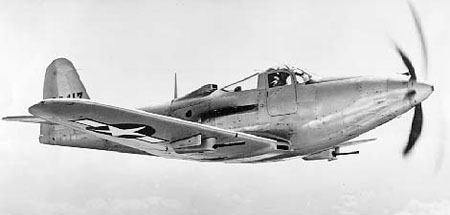
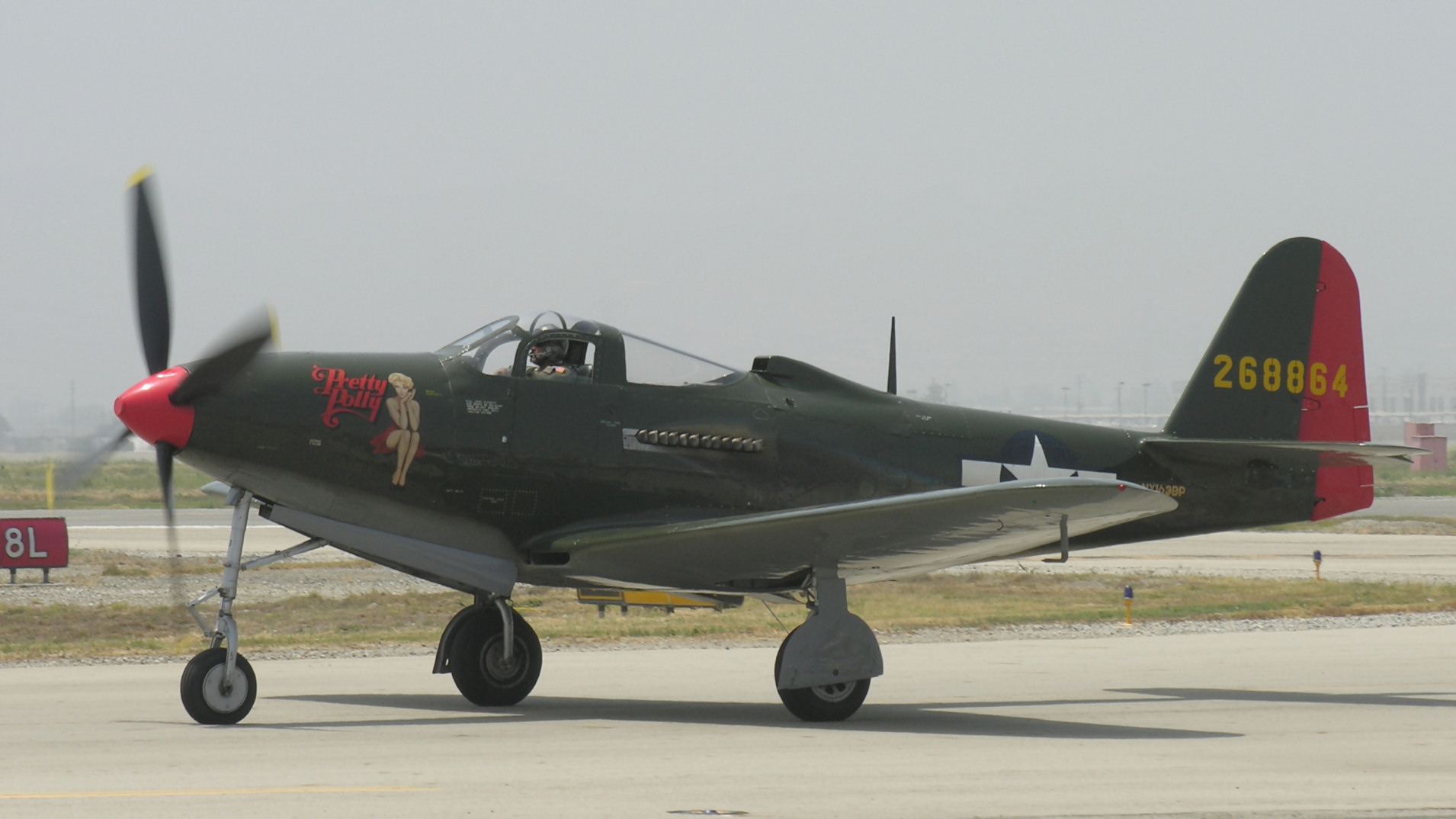
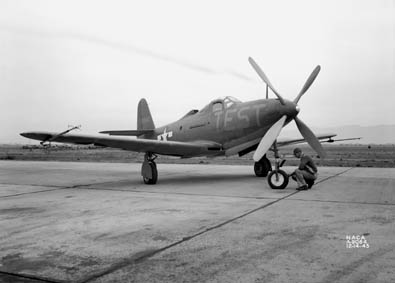
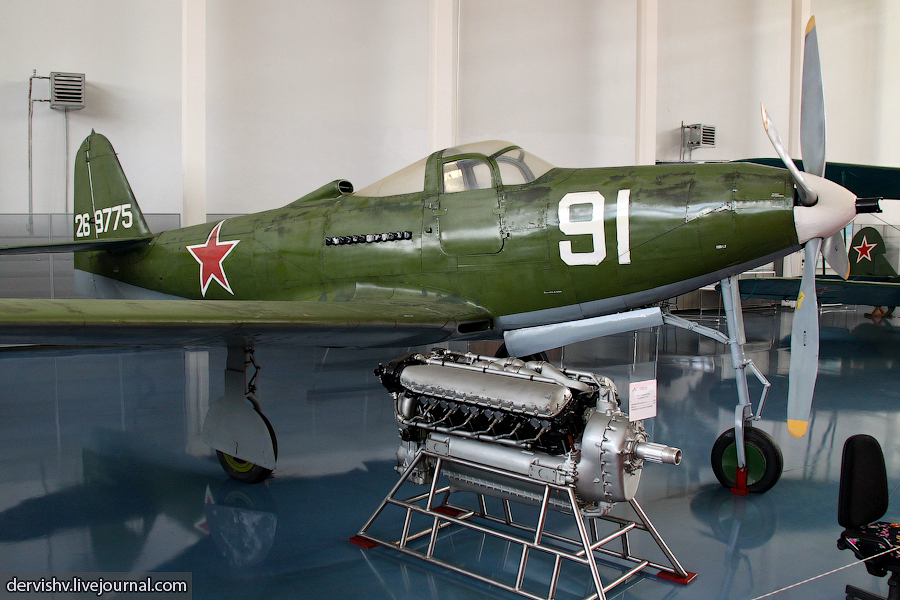
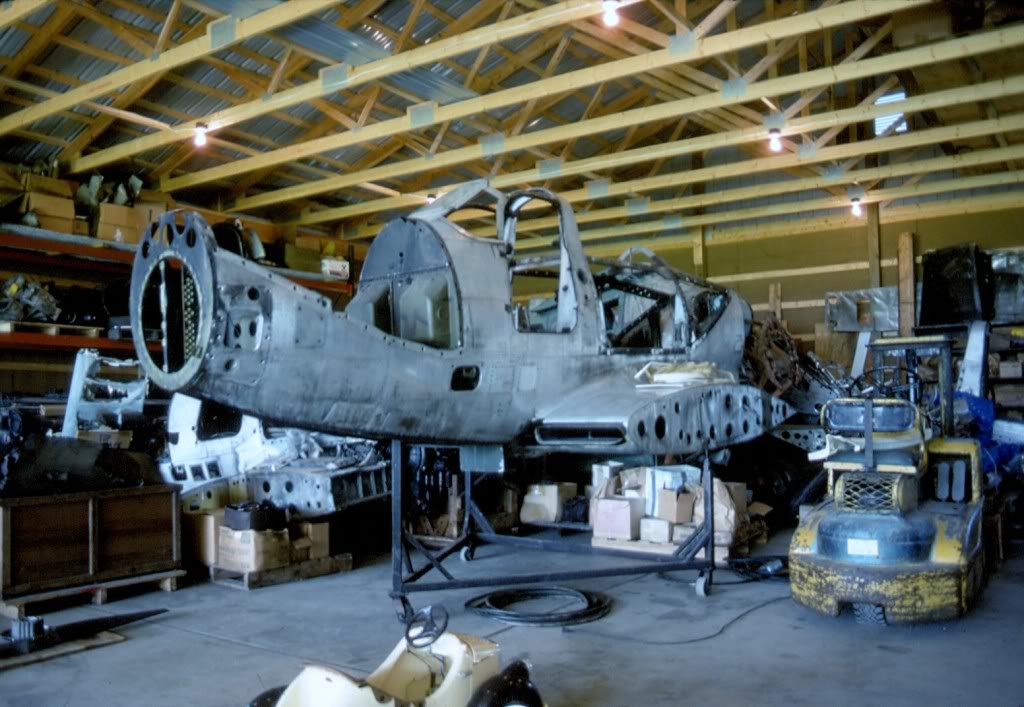
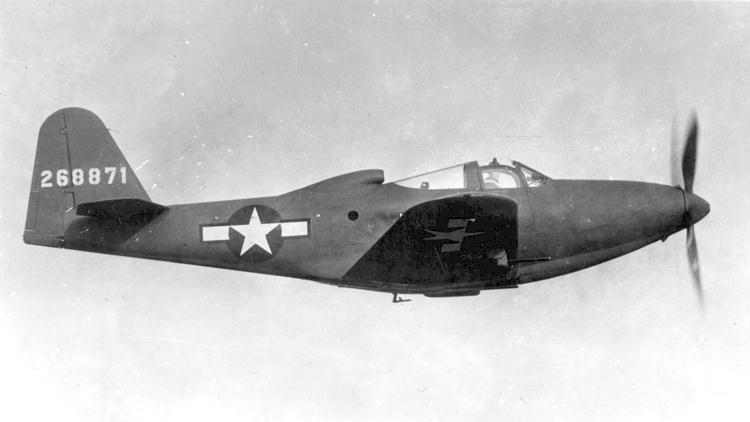
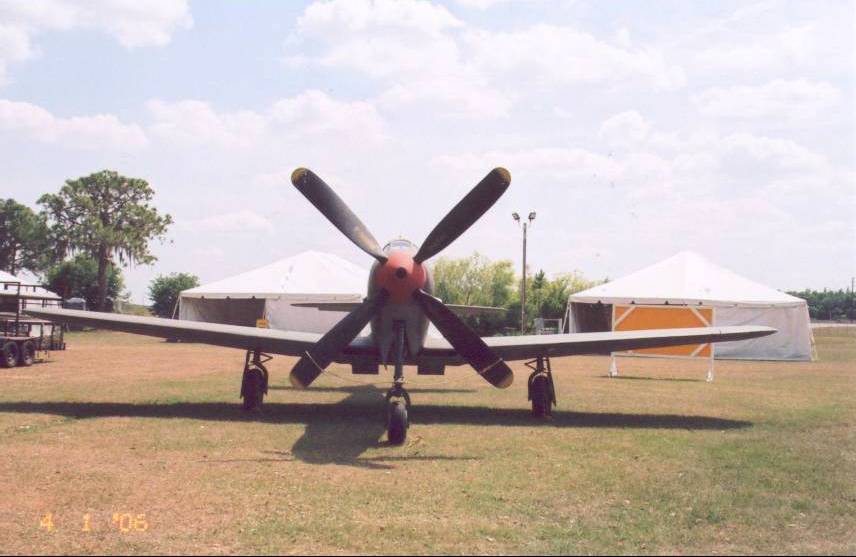

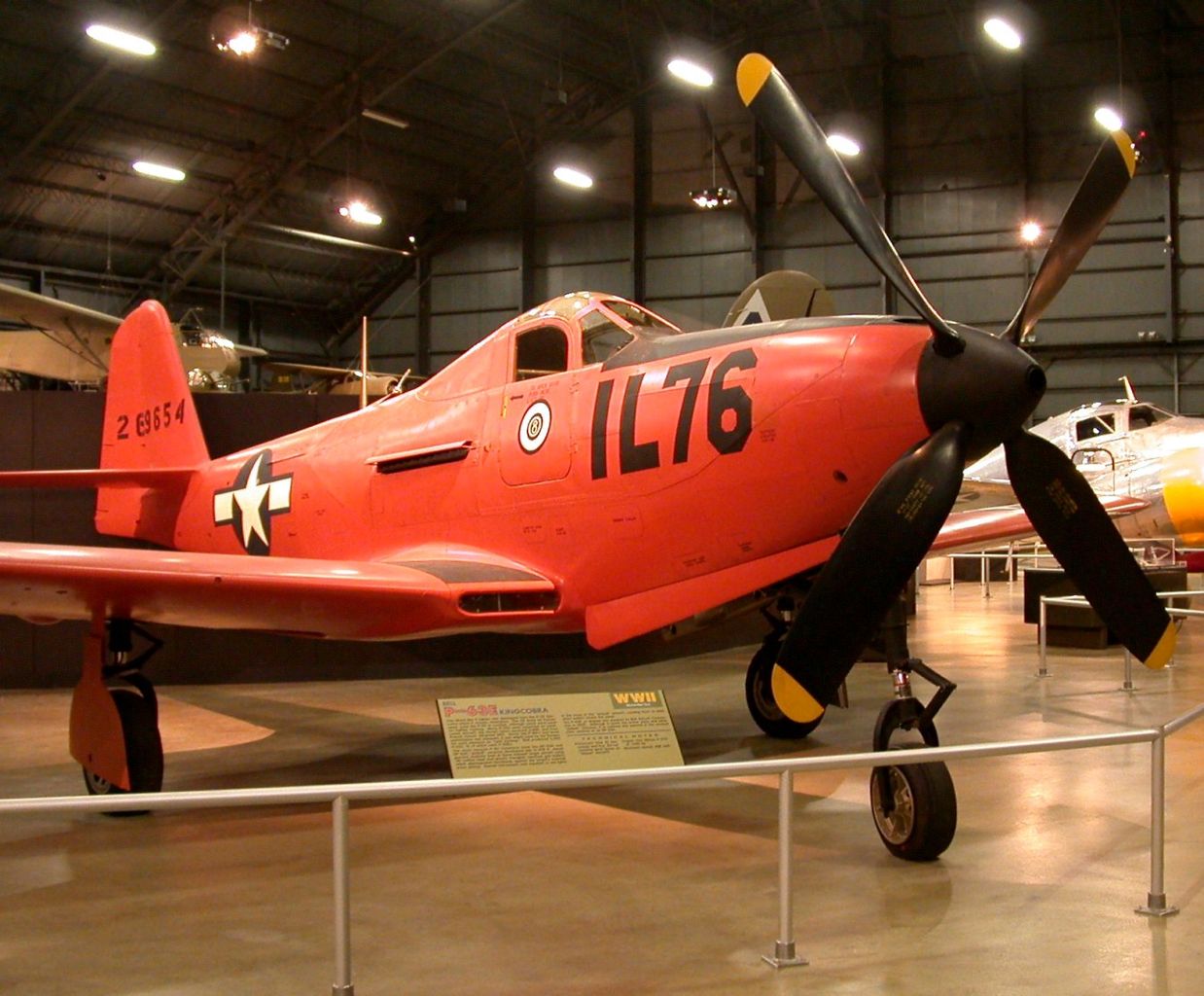

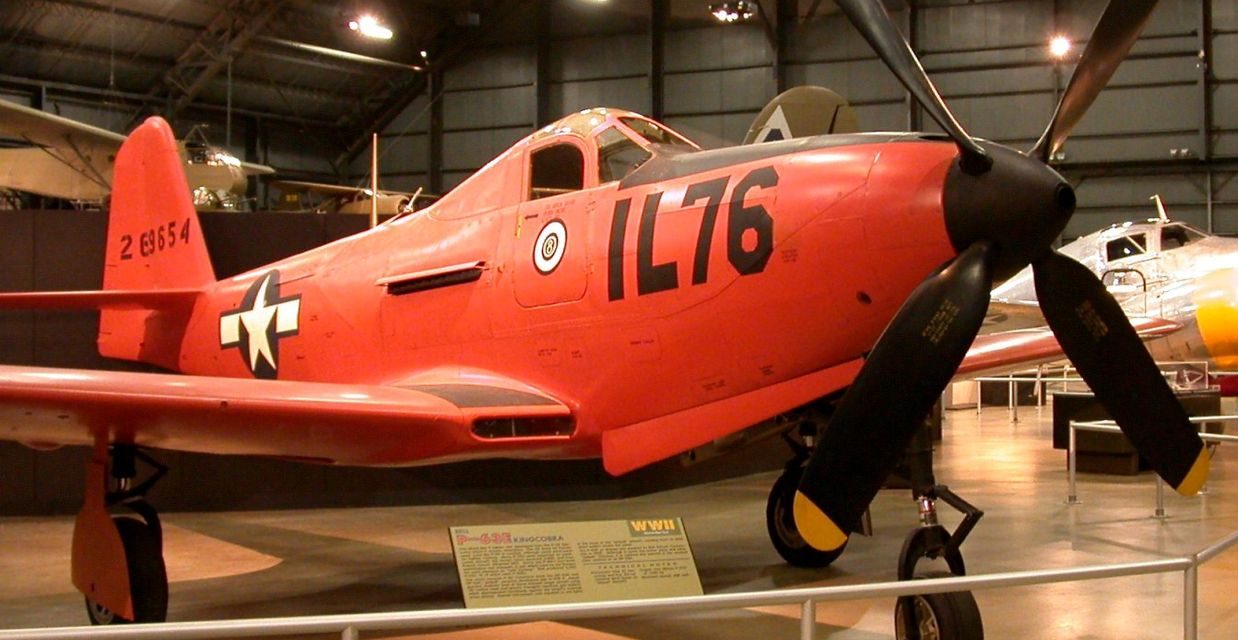
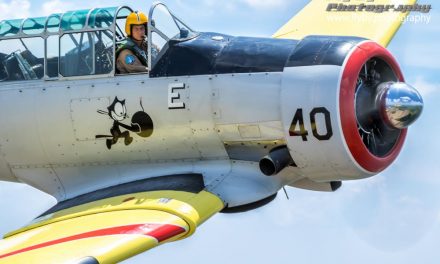
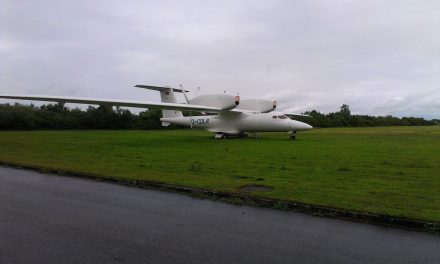

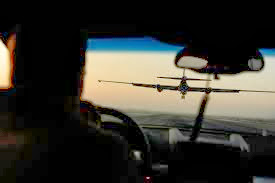
Recent Comments